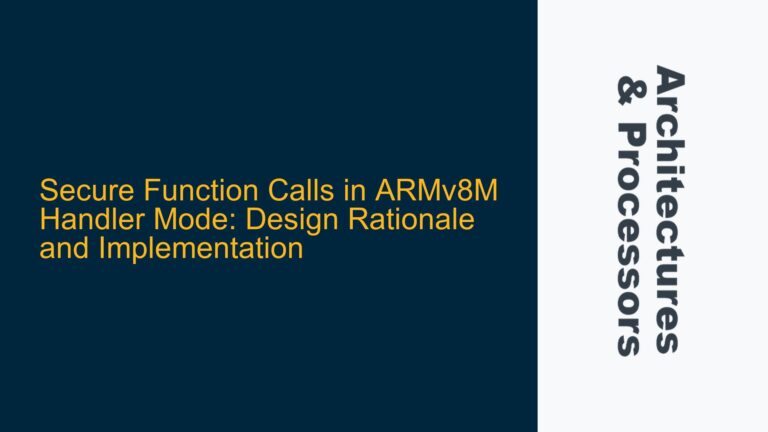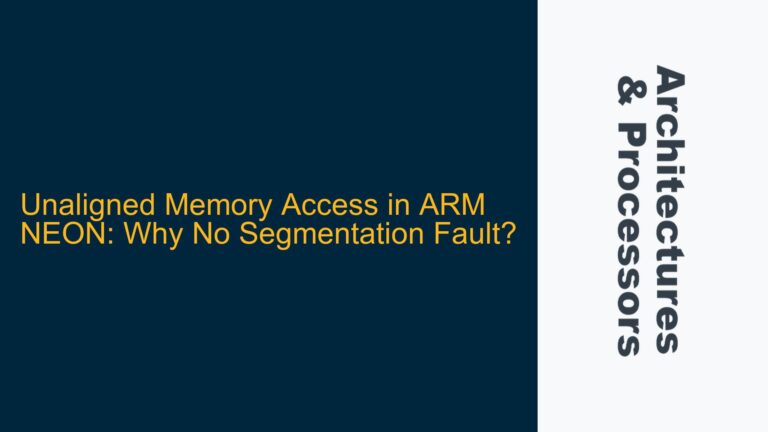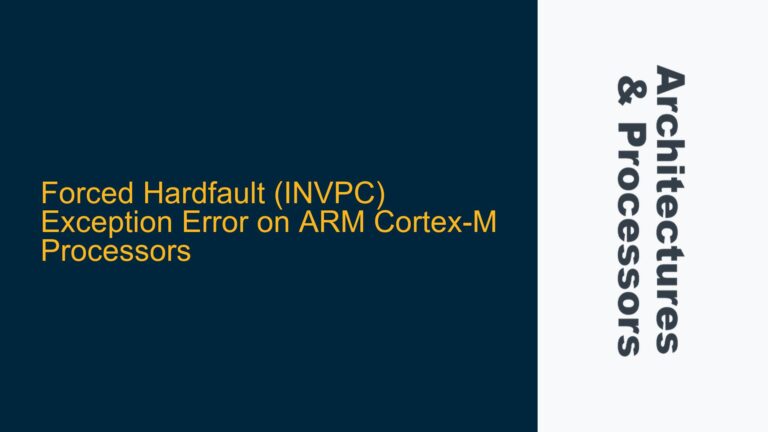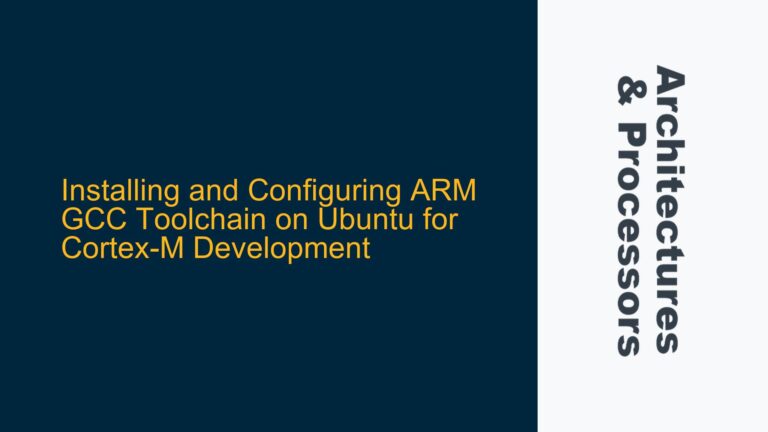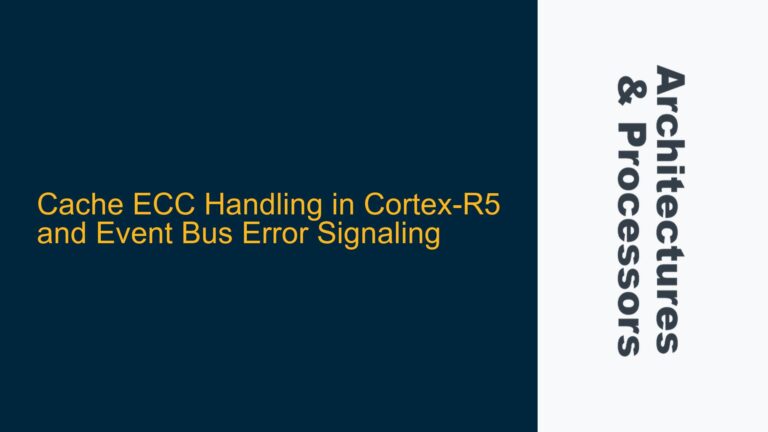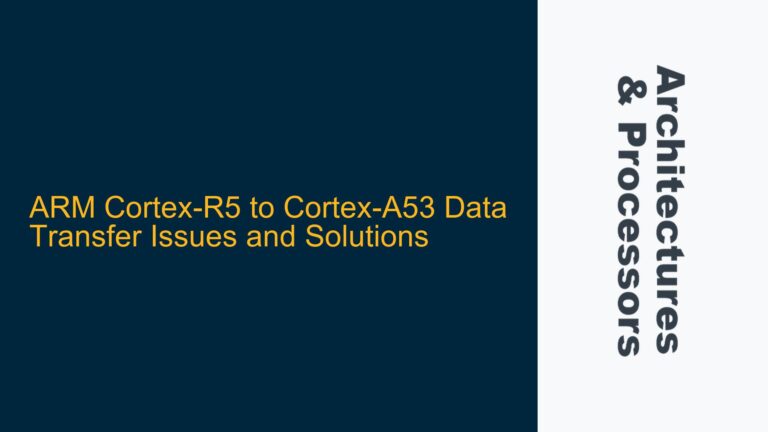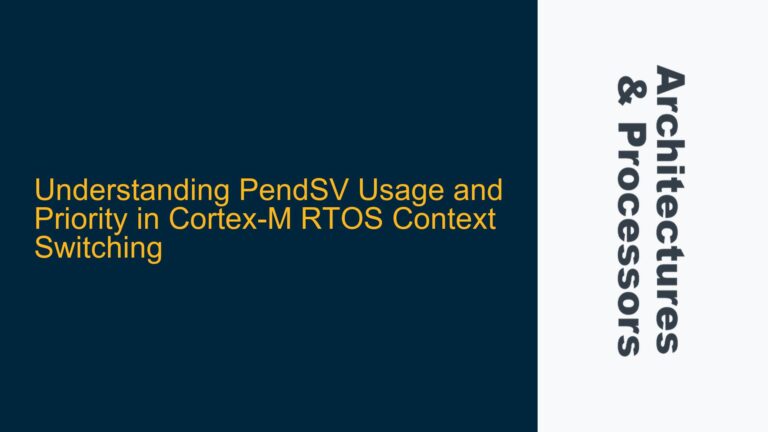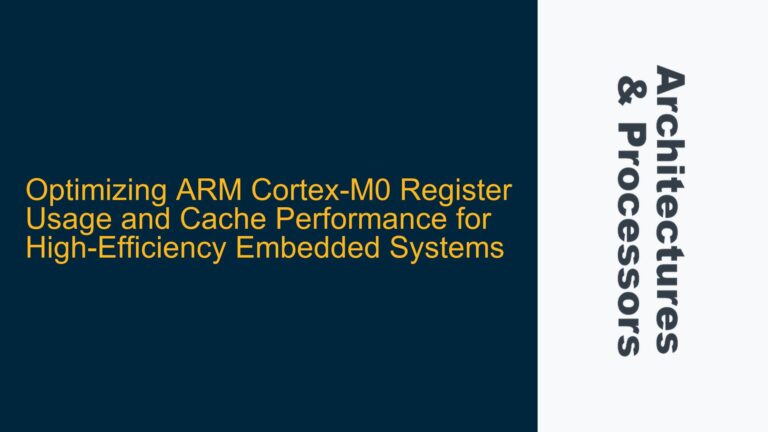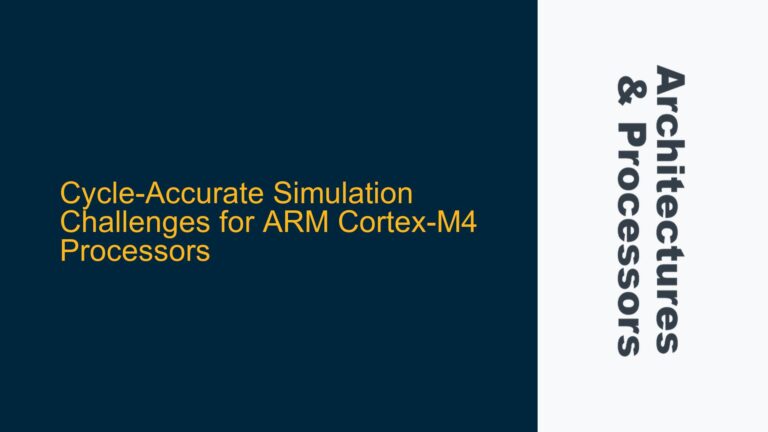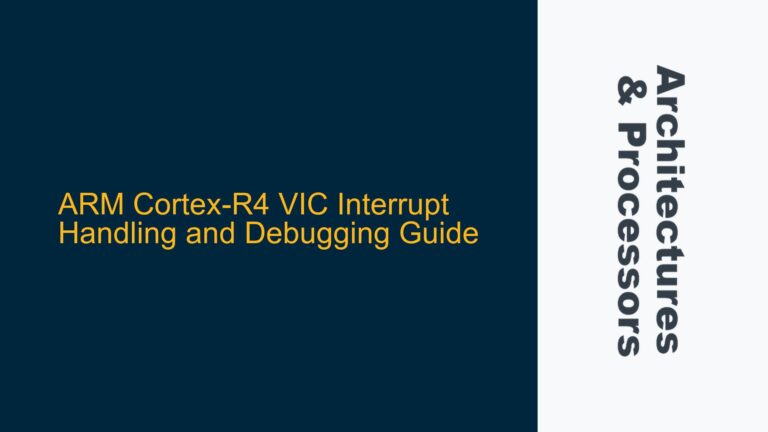Secure Function Calls in ARMv8M Handler Mode: Design Rationale and Implementation
ARMv8M Secure Function Calls in Handler Mode: Architectural Intent and Use Cases The ARMv8-M architecture introduces a robust security model that partitions software execution into secure and non-secure states. This partitioning is critical for modern embedded systems, where security-sensitive operations must be isolated from less trusted code. One of the key design decisions in ARMv8-M…
